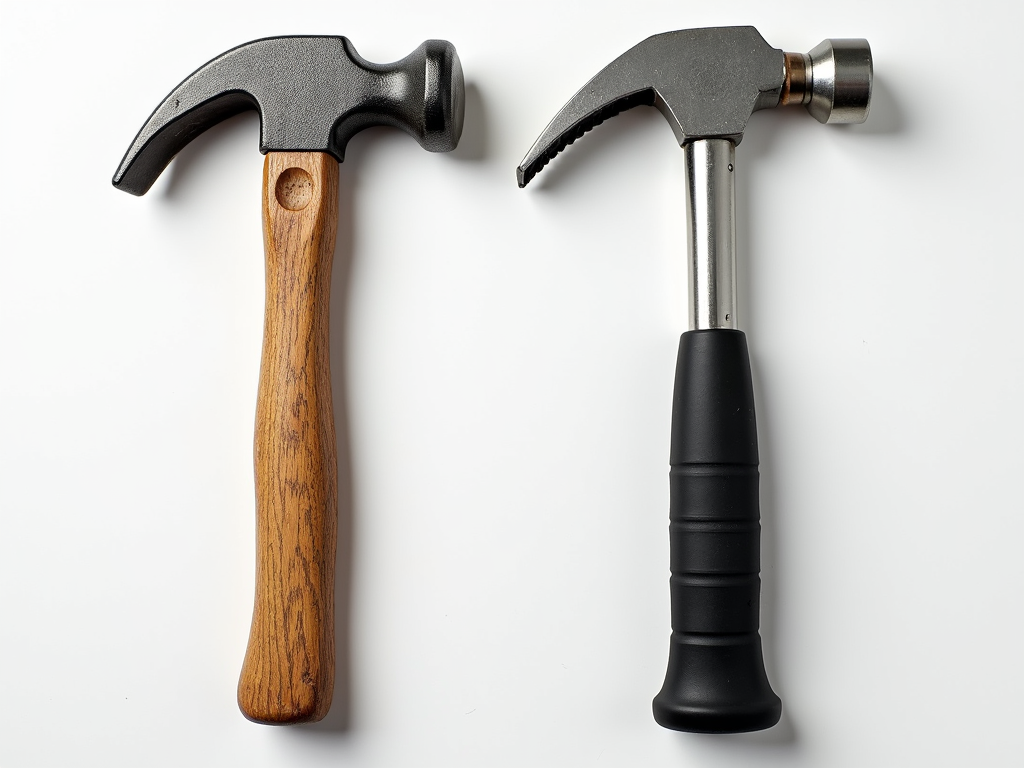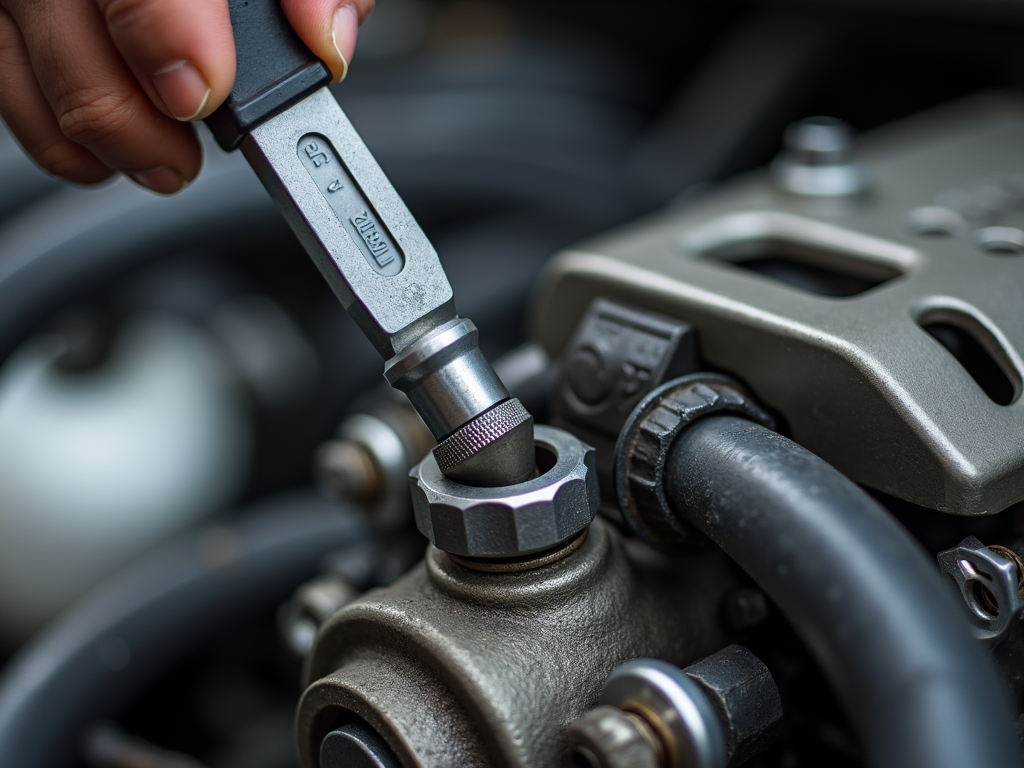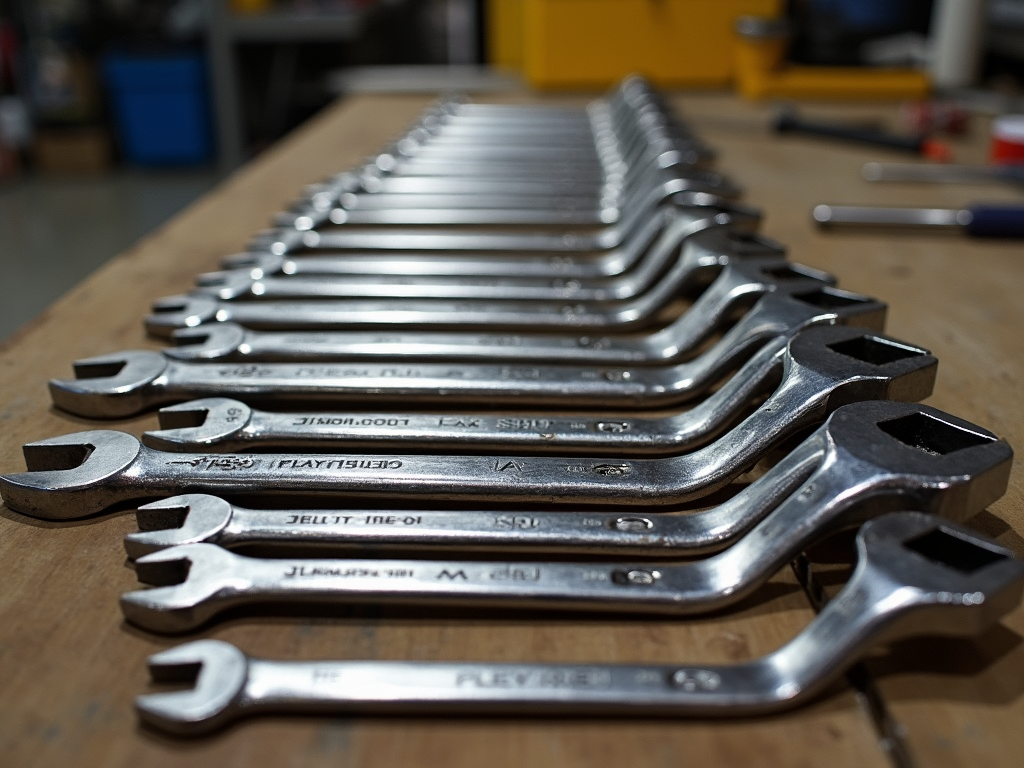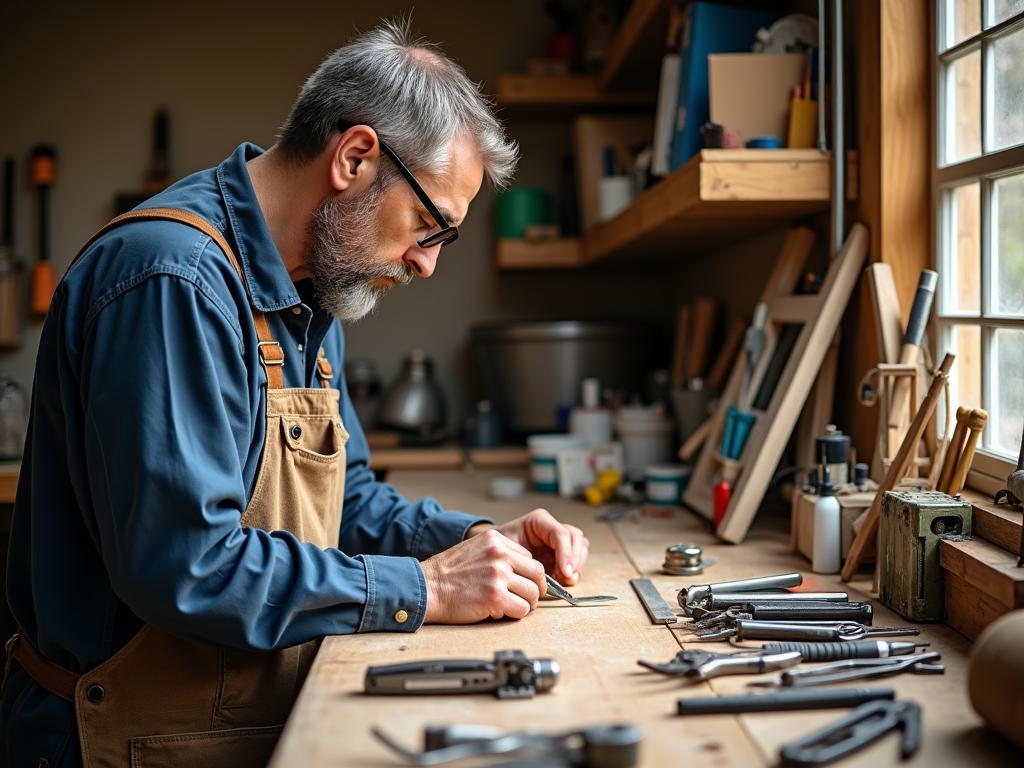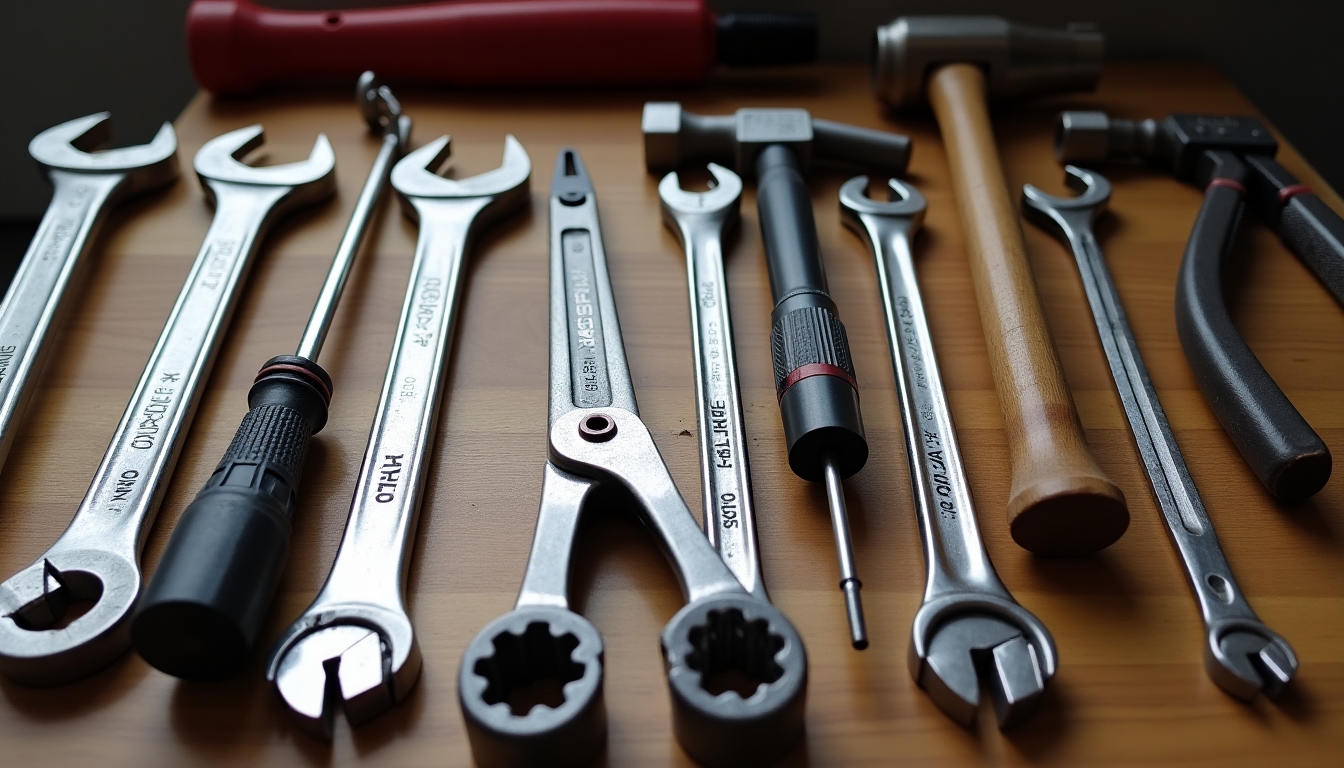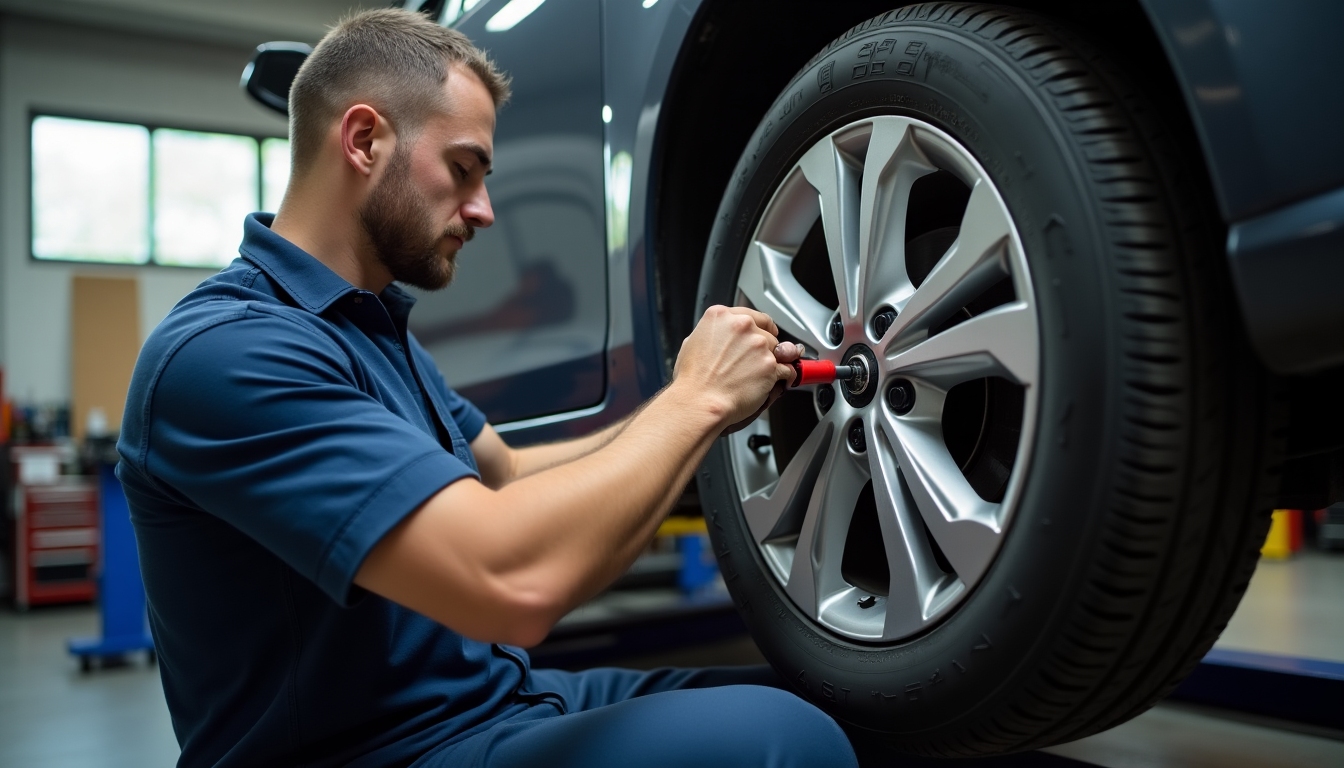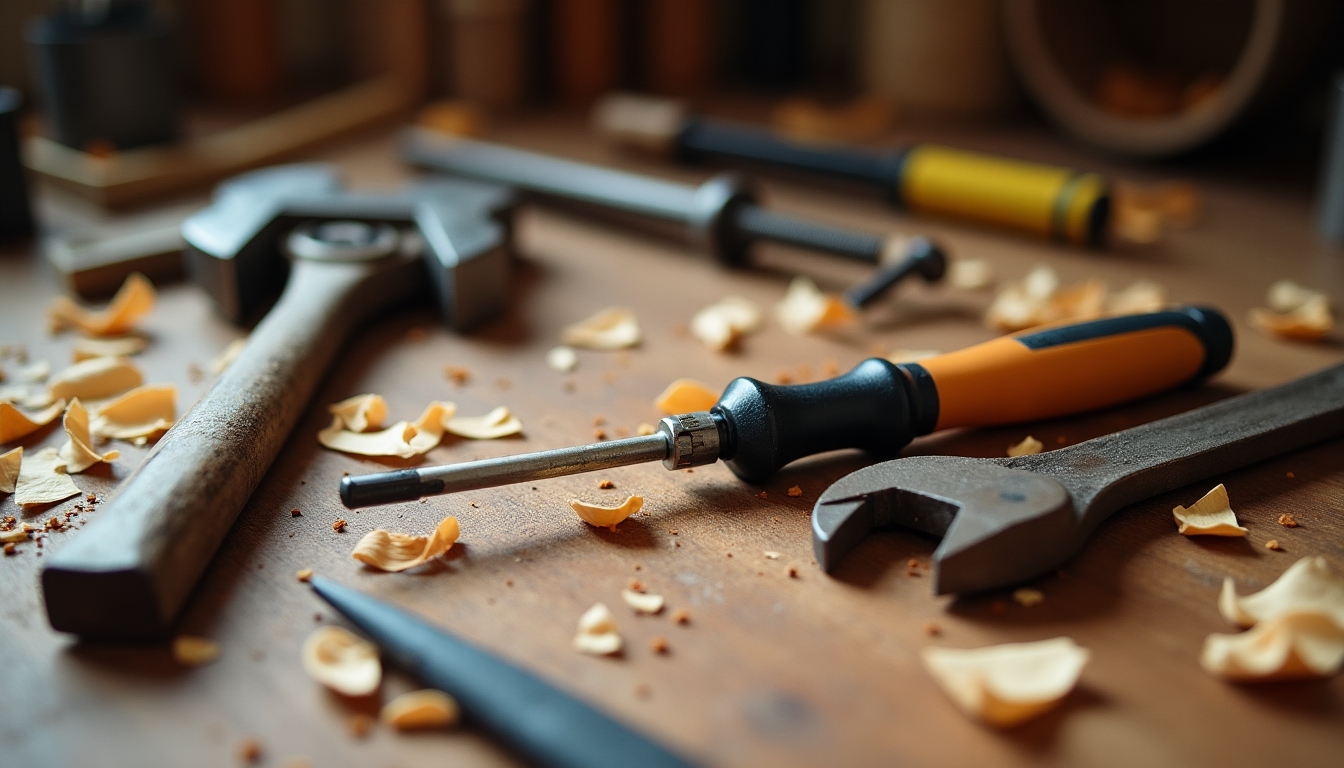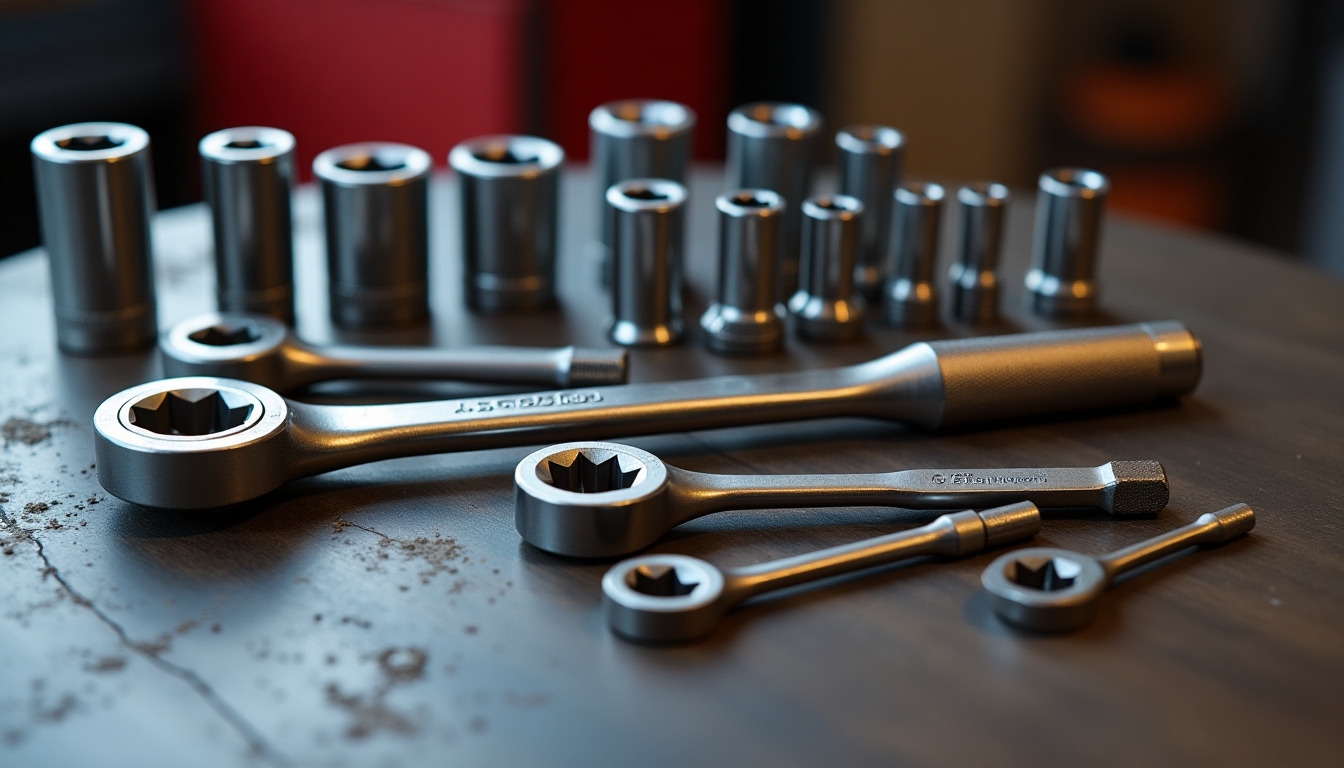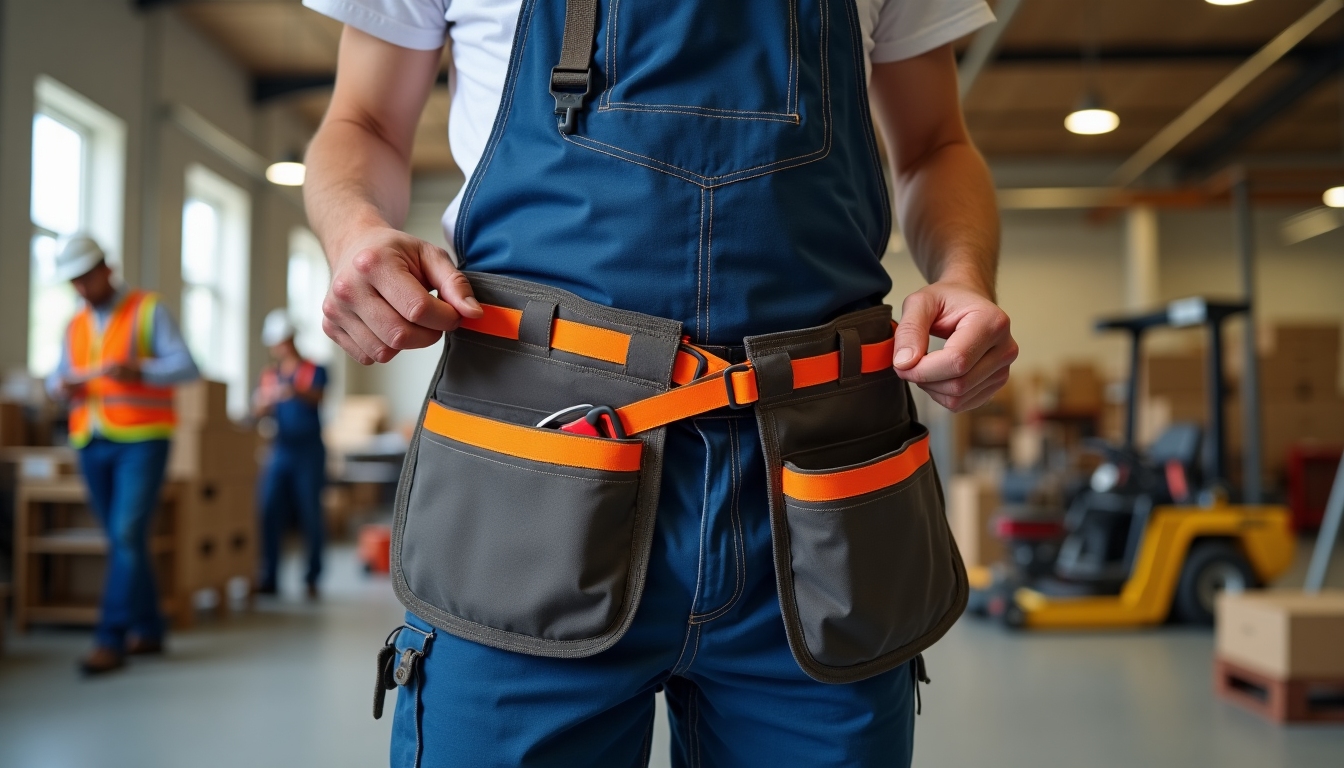Overview
Plumbing installation might feel overwhelming at first, but it’s totally doable with the right approach. This guide covers everything beginners need—tools, steps, and handy tips—to get started. Whether you’re fixing a leak or setting up pipes, you’ll find clear, simple advice here.
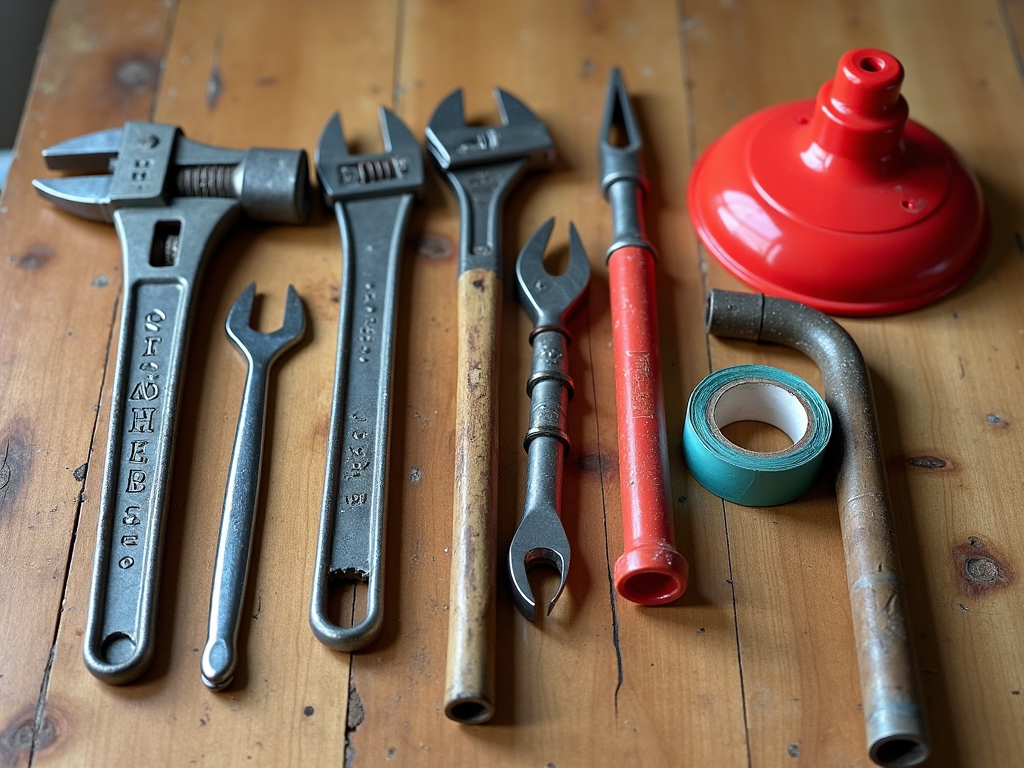
Understanding Your Tools
You can’t dive into plumbing without the right gear. Workman tools for plumbing are made for this job—think cutting pipes or tightening fittings. They’re different from woodworking tools, which are built for wood, not pipes.
Here’s what you’ll need:
- Pipe wrench: Grabs and turns pipes easily.
- Adjustable wrench: Perfect for nuts and bolts.
- Pipe cutter: Cuts pipes straight and clean.
- Plumber’s tape: Seals connections tight.
- Plunger: Clears clogs fast.
I learned the hard way—cheap tools break mid-job. Spend a little more on quality workman tools. They last longer and save headaches.
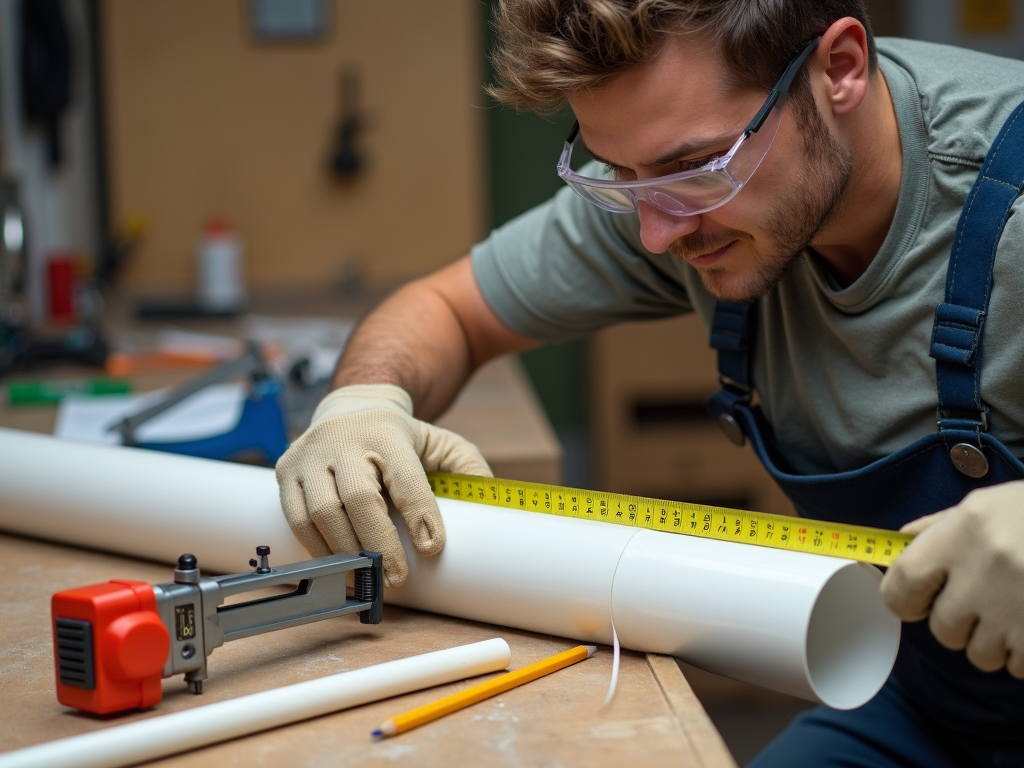
Getting Ready to Install
Preparation is half the battle. Before you touch a pipe, know your setup—where the water comes in and goes out. Then gather your tools and materials.
Follow these steps:
- Shut off the water: No one wants a flood!
- Measure and cut: Use a pipe cutter for accuracy. Double-check your lengths.
- Smooth the edges: Rough cuts leak—use a deburring tool.
- Test the fit: Put it together dry first to spot problems.
Once, I skipped the dry fit and had to redo everything. Trust me, take the extra minute.
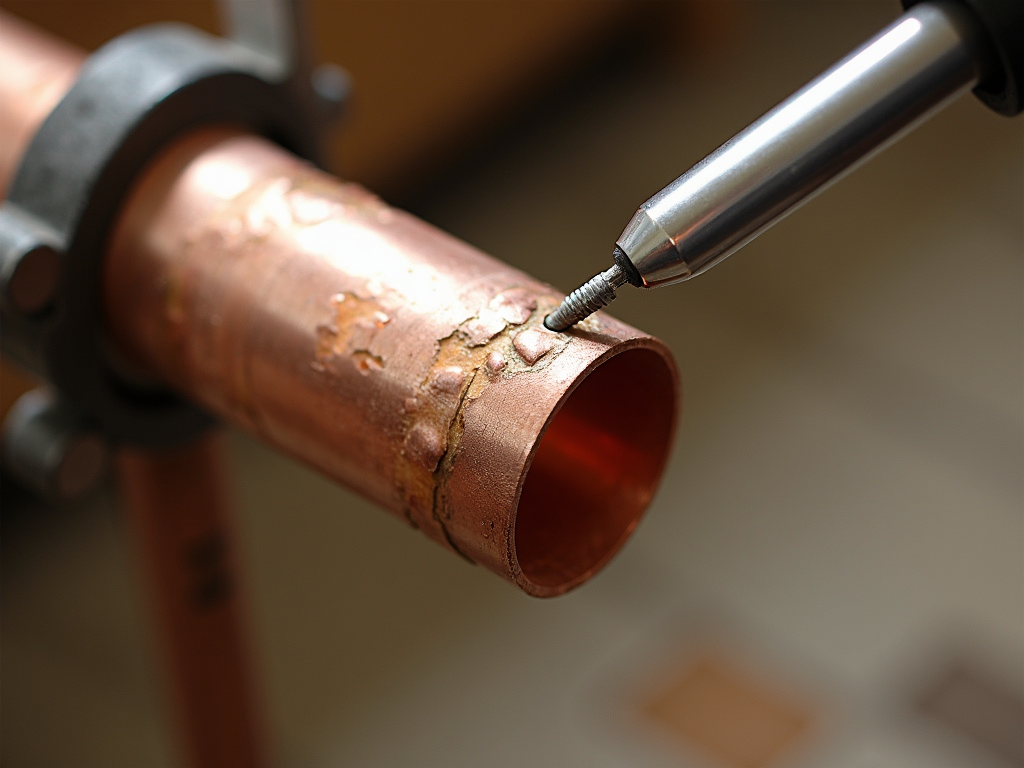
Mastering Installation Techniques
Now it’s go time. Your technique depends on your pipes—copper, PVC, or PEX. Each needs its own method, like soldering copper or gluing PVC.
Some tips I’ve picked up:
- Don’t overdo solder or glue: Too much oozes out and weakens the seal.
- Wait for it to set: Let glued joints dry before testing.
- Check for leaks: Turn the water on slowly and watch.
My first solder job looked messy, but it held. Practice makes it prettier—and stronger.
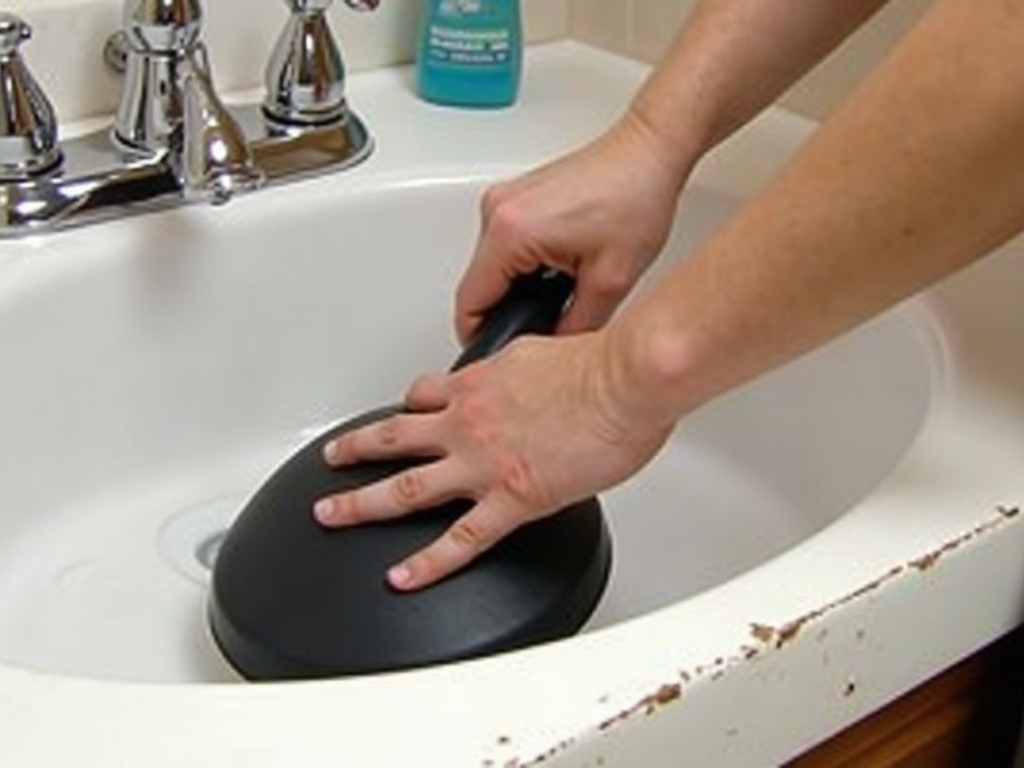
Fixing Common Problems
Things go wrong—it’s normal. Leaks, clogs, and bad fits happen to everyone.
Here’s how to handle them:
- Leaks: Tighten connections first. Still dripping? Redo the joint.
- Clogs: Start with a plunger. Stubborn ones need a drain snake.
- Wrong fittings: Measure again and swap it out.
I once ignored a tiny leak. Next day, my floor was soaked. Fix issues right away.
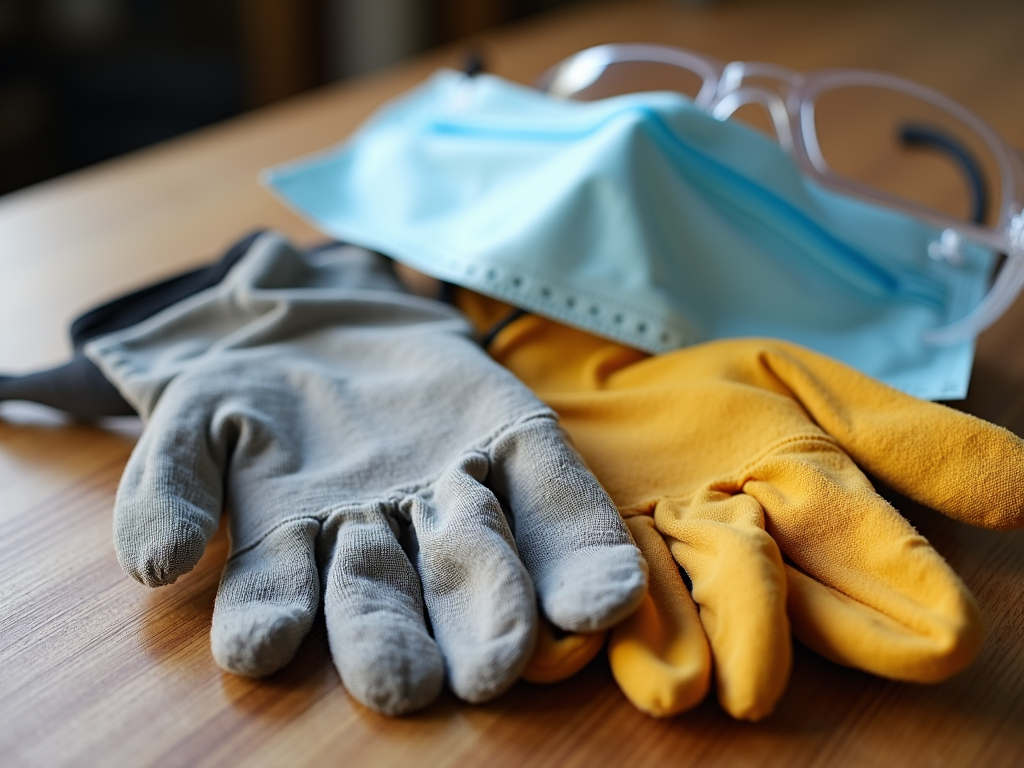
Staying Safe
Plumbing can get risky. Water, tools, and tight spaces need caution.
Keep these in mind:
- Wear gear: Gloves, glasses, and a mask if it’s dusty.
- Turn off water: Always, no exceptions.
- Use tools right: Forcing them breaks stuff—or you.
- Watch for wires: Shut off power near outlets.
I got a shock once near a wet plug. Lesson learned: safety first.
Summary
Plumbing isn’t as scary as it looks. With good workman tools for plumbing, solid prep, and a few tricks, you’re set. Stay safe, take your time, and don’t be shy about asking for help. You’ve got this!
Related A Beginner's Guide to Plumbing Installation Techniques:
- Top 10 Essential Tools for Every DIY Enthusiast
- Innovations in Workman Tools Enhancing Comfort
- Essential Workman Tools for Automotive Repairs
- Top 10 Hand Tools Every Mechanic Needs
- Top 5 Multi-Tools Every Craftsman Needs
- Screwdriver Safety Tips: Essential Guide for Workman Tools
- The Ultimate Beginner's Guide to Automotive Repair Tools
- How Torque Wrenches Improve Accuracy in Car Repairs
- Common Workshop Tool Problems and Solutions: A Guide to Screwdriver Maintenance and More
- Must-Have Hand Tools for Mechanics: A Comprehensive Guide
- The Ultimate Guide to Tool Belts with Ergonomic Designs
- Essential Workman Tools: Must-Haves for Every Toolbox

